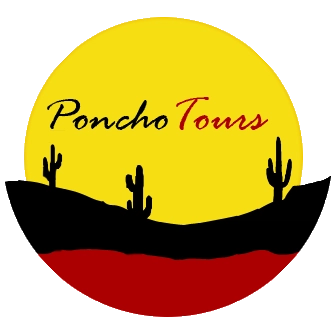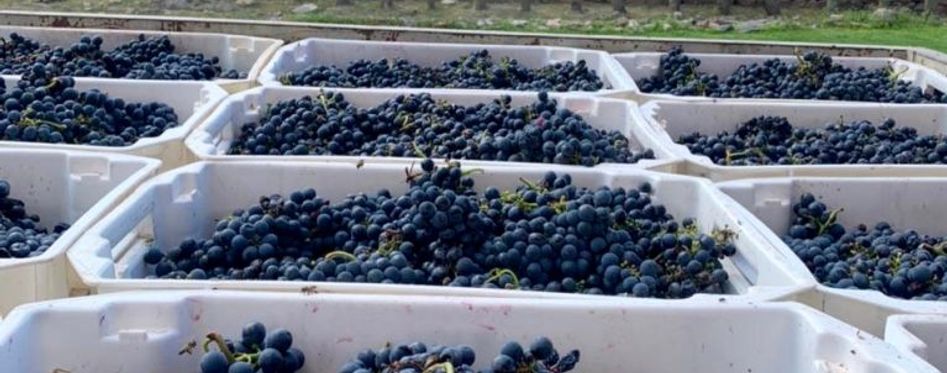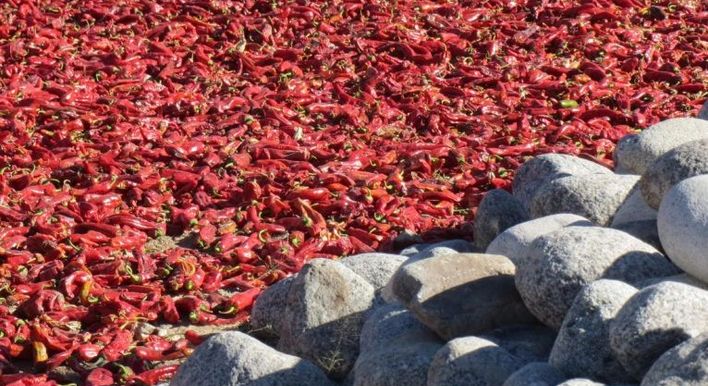As in much of the world, Argentina’s winemakers are battling with climate change: early figures for the 2023 harvest suggest that total production is a swingeing 27% below the figures for 2013.
A tour we think you'll love
For years now, on our wine tours from Salta to Mendoza, producers have complained about the lack of snowfall in the Andes. They rely on winter snow to melt over Spring and Summer to replenish the rivers and water courses.
Looking back on the 2022 harvest in Mendoza and San Juan, which produces 93% of the nation’s wine, after a very dry Winter and Spring, frosts in the first week of October, and an even more unexpected one in mid-November killed many of the buds so there were fewer bunches of grapes (at a time of the year when daytime temperatures can easily reach 40C). In some areas, the yield was down 30%.
Traditional wine growing areas like Lujan de Cuyo had 100mm more rain than usual in February, and then harvest was hurried because of warnings about a cold front sweeping through from Patagonia to San Juan at the end of March.
The cold front led to early loss of autumn leaves, leaving the grapes on the vine directly exposed to the sun.
“It was like a Russian mountain, with two big frosts at the beginning and end of the Vendimia, which demanded great dedication and perseverence on the part of all our team in the vineyards and the winery,” Laura Catena of Catena wines, told Wines of Argentina.
Patagonia wine producers in Neuquen had a week-long heatwave topping 40C in the second week of January (the highest recorded temperature in 35 years), and suffered even heavier frosts in October and March, so lost 20% of the crop.
This year, the same area recorded a nine day heatwave of up to 38.7C in February, when plants were even further developed, so we will see what impact that has had on this year’s harvest of Patagonia’s traditional varieties of Malbec, Merlot, Chardonnay and Pinot Noir.
In Mendoza, enologist Rosario Toso of Cheval de los Andes, reported a good year for Malbec and Cabernet Sauvignon in particular.
And Mythic Wines’ Veronica Ortega was pleased with the quality of the Cabernet Franc, a traditional grape variety once crossed with Sauvignon Blanc to produce Cabernet Sauvignon, the flagship of Bordeaux, and the world’s most popular wine variety.
In Salta wine region, there was slightly more rain than usual: 260mm compared to the average of 200mm in the Valles Calchaquies.
Carolina Cristofani from El Esteco winery in Cafayate said higher rainfall and reduced sun had produced slightly less intense reds.
It was also an excellent year for Merlot and Sauvignon Blanc in those areas of Patagonia and the Valles Calchaquies where they produce these niche (for Argentina) varieties.
Production for 2022 was slightly down on both 2021 and 2020, at 13 million hectolitres, similar to 2019. That’s roughly 1,733 million bottles in layman’s language ( a hectolitre is 100 litres).
Naturally, Mendoza and San Juan, with 84% and 10% of the nation’s production respectively, continue to make up the bulk of the production.
But my exciting headline from the 2022 harvest is that Salta pipped La Rioja to third place behind those two wine-producing monoliths to the south: with 280,590 and 263,837 hectalitres respectively.
This is the first time Salta has surpassed La Rioja, which has some much bigger operations like La Riojana Cooperativa of Chilecito, producing wine from all the small local growers in the valley.
Neuquen, Catamarca and Rio Negro are the next biggest producers: spanning a range of latitude from 27˚ at Hualfin co-op winery in Catamarca to 39˚ at the long-established Humberto Canale in Rio Negro.
La Pampa and Cordoba provinces produced more than a million bottles of wine each during 2022, mostly Malbec, while fewer than one million bottles were produced in Tucuman, Buenos Aires, Chubut, Jujuy, San Luis and Entre Rios.
All in all, across Argentina, 15 provinces out of 23 are now producing wine, so we will soon have to extend the reach of our private guided wine tours!
A special mention must go to Jujuy, the province to the north of Salta and producer of 368,267 bottles in 2022.
When I first arrived to live in Argentina in 2008 there was only one serious wine producer, Fernando Dupont, but now there are 28 vineyards in the province (admittedly, many growing grapes for Mendoza or Salta wineries) and at least six bodegas, though I’m sure I’m forgetting some, as new ones are popping up all the time.
Among those, Amanecer Andino has just opened a tasting room, recently enjoyed by guests on one of our wine tours. (Many of the wineries in the Quebrada de Humahuaca are just too small to offer tastings, but you’re always welcome to drop in and buy a bottle.)
The enologist at Amanecer Andino (which means “Andean dawn”) is Lucas Niven, who has his own excellent operation, Niven Wines, in Mendoza.
The Quebrada de Humahuaca is producing interesting red blends of Cabernet Sauvignon and Bonarda as well as Malbec and Cabernet Franc single varieties, and a small amount of whites: Chardonnay, Sauvignon Blanc and the emblematic variety of the north west, Torrontes.
Finally, a special mention for a winery in a province which isn’t named above, but where Old World vines were first planted in Argentina in 1556: Santiago del Estero.
A few years ago, the Luna family set up a small winery Finca Maria del Pilar, 20km south of the first city founded in Argentina by the Spanish invaders, producing mainly Malbec, sometimes blended with Petit Verdot and Merlot. It’s not on many people’s tourist circuits, but if you’re on route 34 from Buenos Aires to northwest Argentina, do check it out.
- For further reading, this is an English version of the excellent Wines of Argentina blog.
- You can find out more about the 2023 harvest here in Decanter (in English).
- On the challenges to producers worldwide: see this article here at Reuters.






